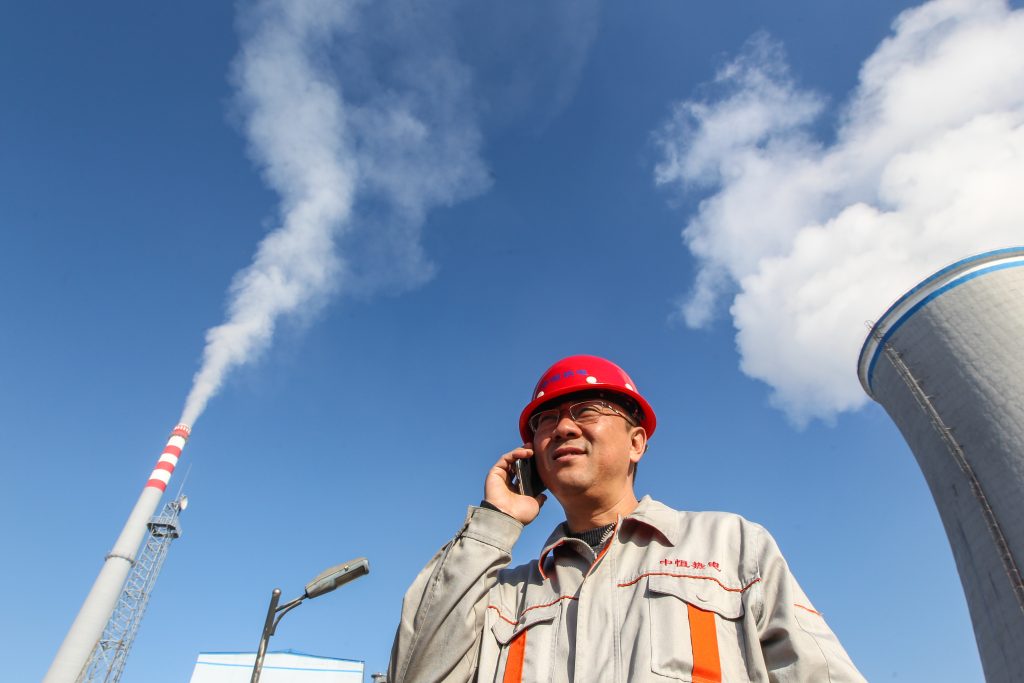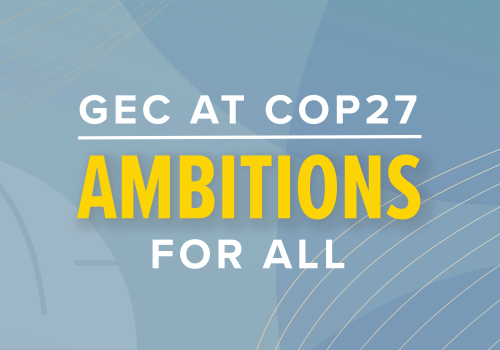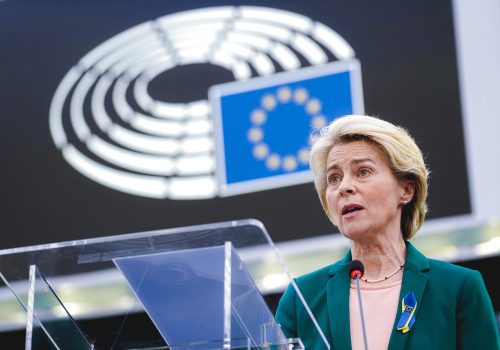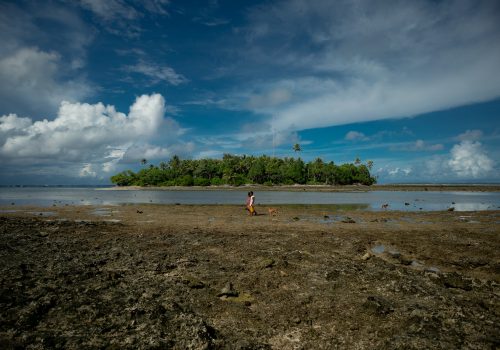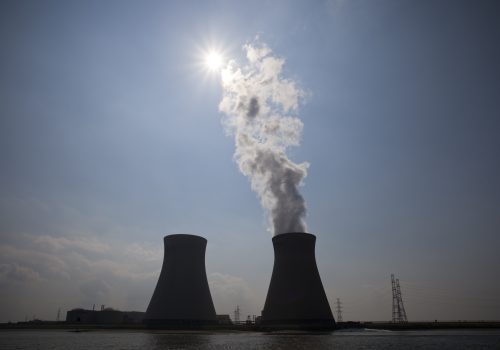China uneasily straddles both sides of the energy transition. On the one hand, China is indisputably a world leader in numerous clean energy technologies, including electric vehicles, renewable generation, and supply chains. On the other hand, it is also the world’s largest carbon emitter and coal producer, and is constructing over half of the world’s new coal-powered electricity plants. With Western-China tensions rising and Beijing increasingly focused on energy security, there is a shrinking scope for climate cooperation. Perversely, however, US-China political competition could deliver climate benefits, as both sides will face pressure to provide clean energy leadership at COP27 and beyond.
A brief history of Chinese energy security
China suffers from significant energy security challenges. The world’s largest or second-largest country by population has massive energy needs, while domestic energy supplies are constrained by geology, energy density, and, often, bad policymaking. China’s water deficiencies not only limit its ability to use shale techniques to extract oil and natural gas but also pose growing risks to hydropower electricity generation, which comprised 16 percent of its power mix in 2021. Over time, low water levels on Chinese rivers could lead to severe problems in other water-intensive electricity generators such as nuclear power, natural gas, and coal. These problems are somewhat distant for now, however, as China has turned to coal for its immediate energy security needs.
China’s energy security anxieties are rooted in its recent experiences. During the winter of 2017-18, upstream natural gas production problems in Turkmenistan sparked a minor crisis in Chinese electricity markets. Russia’s curiously well-timed maintenance of a China-directed natural gas pipeline in October 2022 raised eyebrows in Beijing. US liquefied natural gas (LNG) is subject to enormous political risks from Beijing’s perspective, despite a recent flurry of offtake activity resulting in 40 mtpa of long-term LNG contracts now destined for China. China also experienced severe power shortages in the second half of 2021 due to strong demand and, arguably, power sector mismanagement. Finally, China’s own politically motivated ban on Australian coal imports in 2020 sparked localized power shortages in certain import markets, more permissive attitudes towards local production, and, ultimately, the quiet importation of Australian supplies.
US-China and Western-China tensions at COP
The Australia-China spat illustrates Beijing’s often contradictory climate relations with the West. Both sides are interconnected via supply chains and commodity trade: China is firmly established in wind and solar supply chains and processes most of the active materials needed in lithium-ion batteries for grid storage and electric vehicles. Moreover, China imports substantial volumes of crude oil, liquefied petroleum products such as ethane and propane, and LNG from the United States and other Western countries. On the other hand, political tensions between the two sides over Taiwan, semiconductors, and more is bleeding into climate cooperation.
China suspended climate talks with the United States in August, including on methane reduction, after US House of Representatives Speaker Nancy Pelosi visited Taiwan. Meanwhile, a bill introduced before the US Senate would remove China from the list of developing countries, preventing it from securing favorable treatment in hydrofluorocarbon (HFC) markets.
These political and climate disputes could peak at COP27 over the Carbon Border Adjustment Mechanism (CBAM). Europe’s adoption of CBAM seeks to reduce carbon emissions by levying fees in proportion to the carbon intensity of the imported product. This measure would significantly raise the costs of Chinese goods exports to Europe and provide a template for other industrialized countries, such as the United States, Japan, and Canada. China firmly opposes this measure, calling it a “green barrier.”
Climate clubs or climate camps?
At COP27, Western leaders will need to grapple with the emerging reality that two competing climate camps may be forming, one led by the West and another by China.
Not only will this dynamic unfold as a competition between economies in China and the West, but as a paradigm of global engagement and investment on climate mitigation and adaptation, particularly with respect to engagement with the developing world. For instance, in Africa, China’s trade volumes exceeded the United States’ by a factor of four. Moreover, China has not shied away from financing fossil fuel projects that rank high on the priority list of less developed countries with limited energy access. This has been welcomed by many African nations, as 43 percent of all people on the continent do not have access to modern energy services.
As the developing and developed world seek to resolve key issues on the agenda at COP27 such as loss and damages, closing the climate finance gap, and financing for natural gas projects in Africa, Western leaders will need to keep in mind that competition with China is likely to become a more prominent feature of climate negotiations.
After all, despite present reliance on coal and other fossil fuels, China has historically viewed the energy transition as a strategic advantage. The opportunity to decouple from globalized supply chains for fossil fuels, on which it is nearly entirely reliant on imports, and transition to an infrastructure and materials-intensive clean energy economy leverages its strengths in industrial policy and manufacturing.
Policymakers in Washington, Brussels and beyond should utilize a more flexible and pragmatic approach in their engagement with the developing world and consider using trade agencies to assist with short-term natural gas project finance and accelerated clean energy project finance, taking the best of both camps’ models of international climate engagement.
Most importantly, Western countries should get their own acts together on climate. Securing clean energy supply chains, improving energy efficiency, and increasing domestic hydrocarbon production when needed should all be important elements in the West’s climate strategy. By asserting climate leadership through the power of its own actions and accommodating the real needs of developing countries, the West can drive emissions reductions while laying down a marker in the climate competition with Beijing.
Joseph Webster is a senior fellow at the Atlantic Council Global Energy Center.
William Tobin is a program assistant at the Atlantic Council Global Energy Center.
Meet the authors
Related content
Learn more about the Global Energy Center

The Global Energy Center develops and promotes pragmatic and nonpartisan policy solutions designed to advance global energy security, enhance economic opportunity, and accelerate pathways to net-zero emissions.
Image: A manager at Jiamusi Zhongheng Thermoelectric Ltd. (Asian Development Bank, Flickr, CC BY-NC-ND 2.0) https://creativecommons.org/licenses/by-nc-nd/2.0/
